Blog
October 20th, 2014
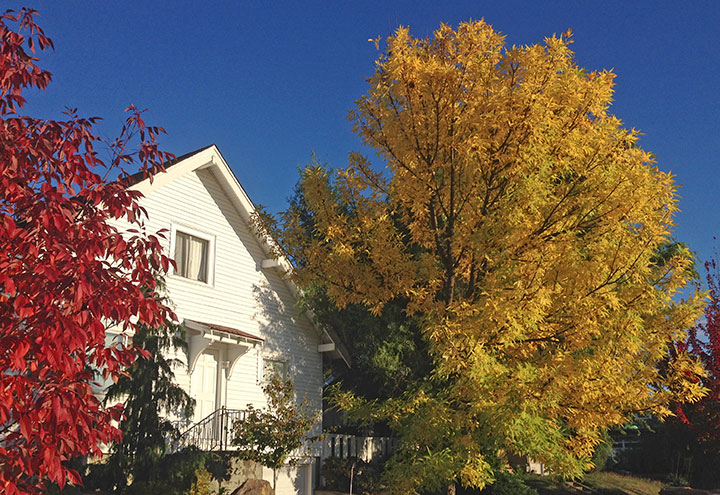
We’re all moved into our new house, and fully in the thick of unpacking and setting up our lives again. But despite a pile of work to do that stretches from here to next year, I didn’t want to miss my favorite season. So every chance I get, I’ve been sneaking out to take walks among the autumn colors. And all the while, a snippet of Robert Frost plays on repeat in my head:
So dawn goes down to day.
Nothing gold can stay.

October 22nd, 2012

You know what might just be the best thing about fall? It’s pumpkin pie season again!
October 23rd, 2011
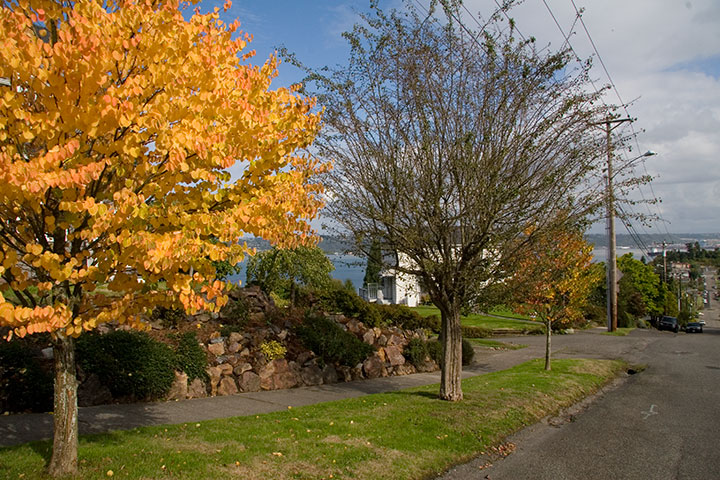
Commencement Bay from the North End, Tacoma, WA

Pumpkin patches, Vancouver Island, BC

First squash haul of the year from Zestful Gardens, Puyallup, WA
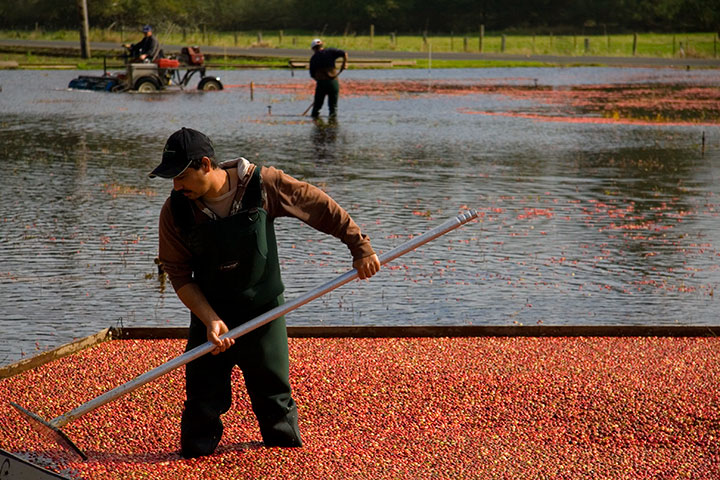
Cranberry harvest, Long Beach, WA
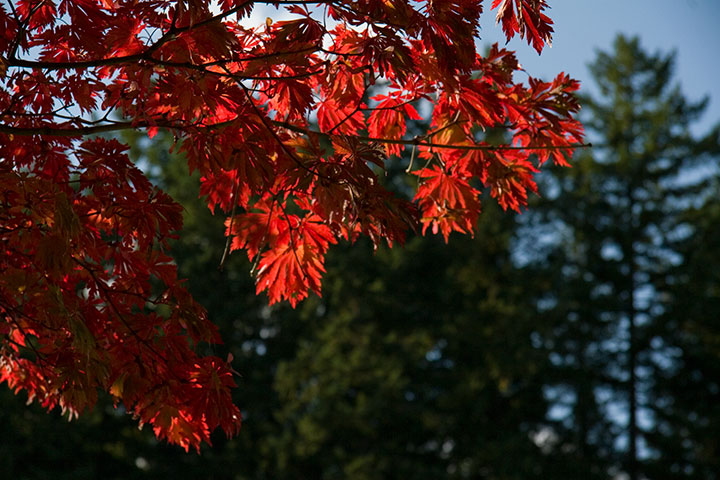
Japanese maple, Butchart Gardens, Brentwood Bay, BC

Proctor District in the rain, Tacoma, WA

St. Johns Bridge, Portland, OR
Have I mentioned that I love autumn in the Northwest?
October 4th, 2010
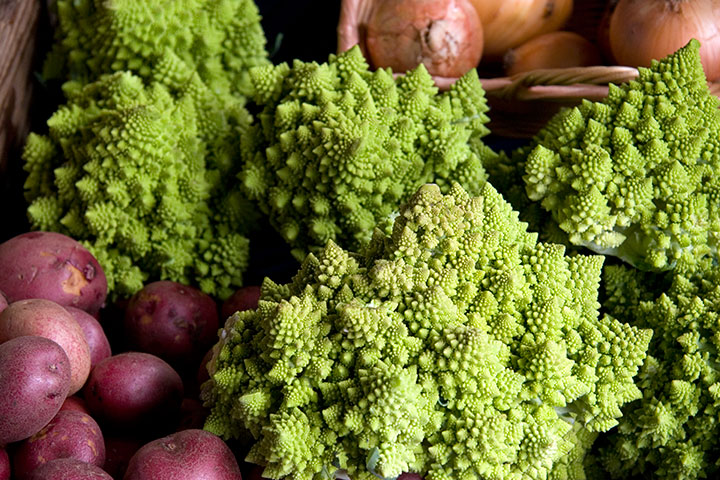
Somehow I’ve managed to tear myself away from the massive pile of drawings a couple of times in the past two weeks—once for a quick trip to the wonderful Olympia Farmers Market to pick up a few things. (Look, fractal geometry!)
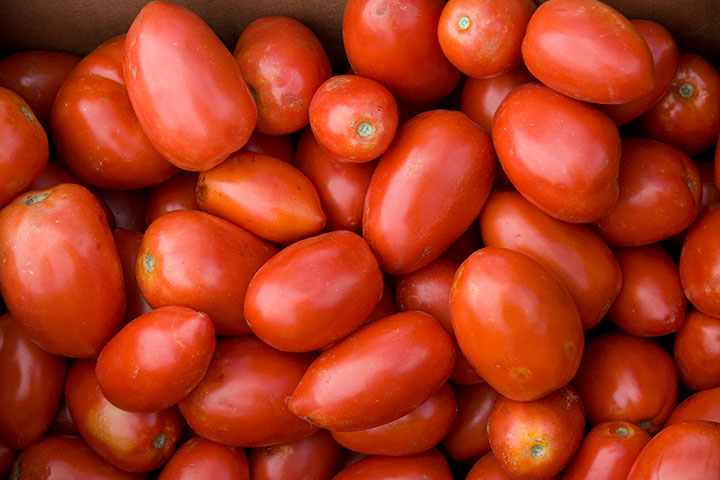
Okay, maybe “few” is stretching the truth a bit, since one of those items was fifty pounds of organic romas, destined for tomato sauce. These babies are a month late, and we’re lucky to have them at all. It’s been a dismal summer for tomato growers here—but hey, it’s nice to have that one last bit of summer when you can get it.
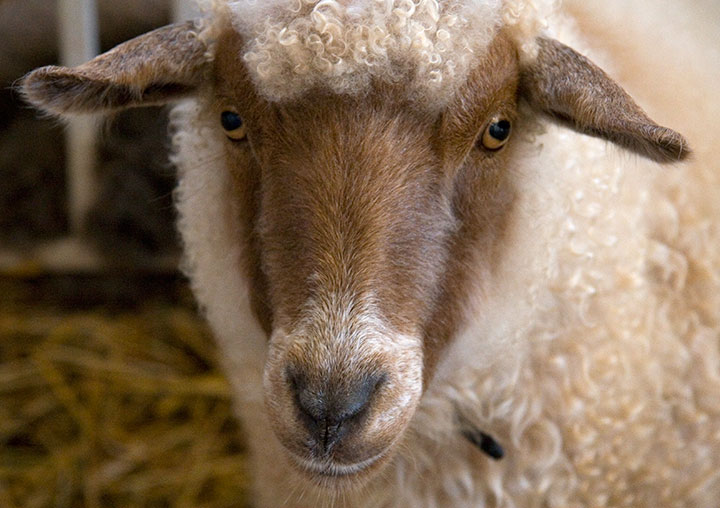
The other time was for a little taste of the winter to come—at the Oregon Flock & Fiber Festival. The place had me dreaming of winter silence and warm, woolly sweaters.
Maybe if we hurry up and can those tomatoes, sweater weather will come faster!
September 22nd, 2010
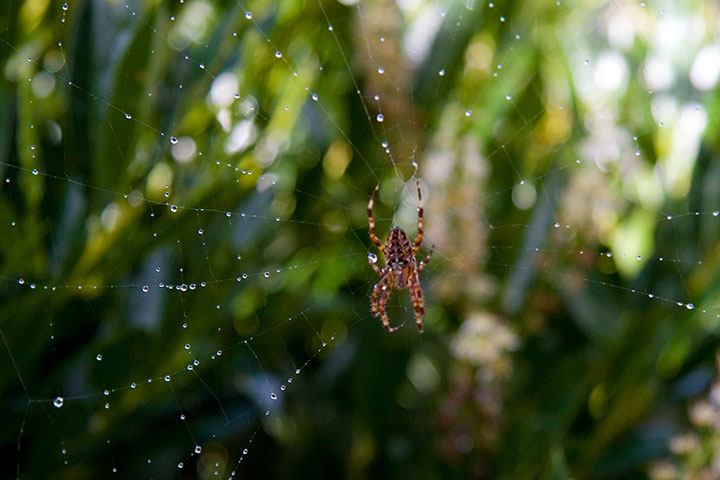
I don’t need the calendar to tell me that fall has arrived. For one thing, the enormous garden spiders are back, guarding our house and reveling in the rain that’s come early this year.
For another, when the sun finally came out, and the skies cleared, the air was suddenly crisper, thinner, fragile in its warmth.
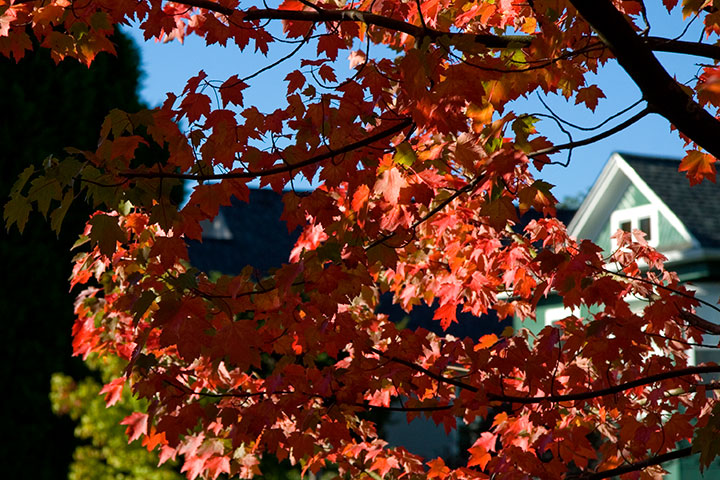
And the trees—

the trees.
I blinked, and it was autumn.
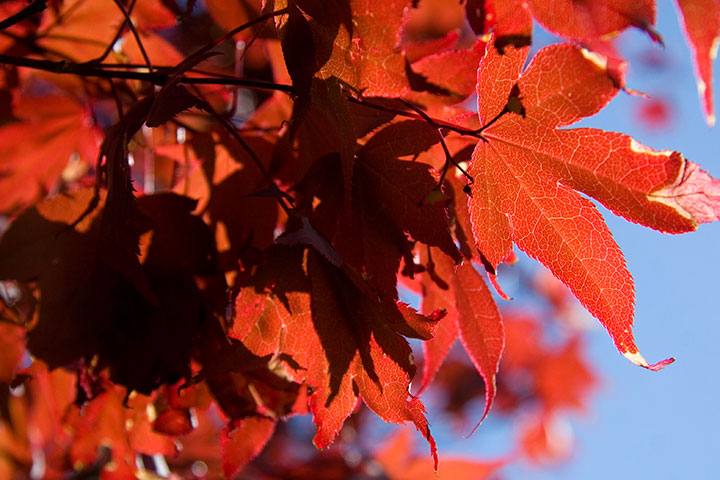
Good thing I was paying attention. I don’t want to miss it.
Happy fall, everyone!
November 2nd, 2009
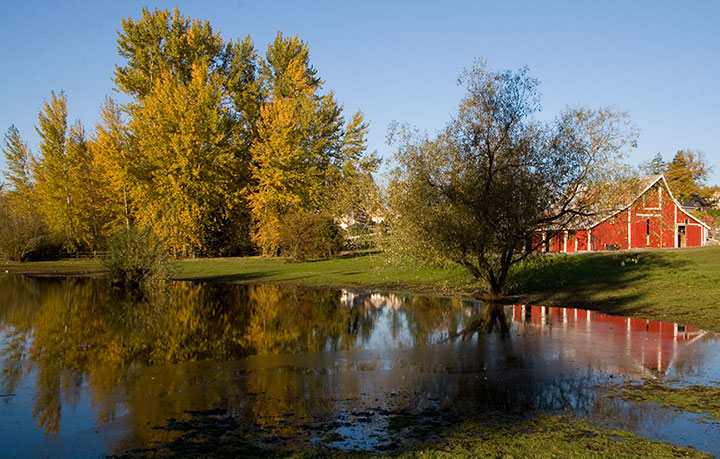
Sunny days are getting fewer and farther between around here, and Mt. Rainier is M.I.A. more often than not. So the gorgeous weather and the threat of an early nightfall (thanks to the end of Daylight Saving Time and living at 47.25° N latitude) were enough to coax me out of the studio and into the car, in hopes of capturing another image for my book.
As far as research goes, the day was a total bust (the Mountain was glorious; I just couldn’t find the right vantage point), but I did come away with an expanded mental map and one good shot.
October 22nd, 2009

If you had seen our back porch last weekend, you’d probably think we were starting our own farmers market. But this is a typical sight for many seasonal foodies like us; when you swear off strawberries in January, you need enough fresh autumn fruits and veggies to last you until the end of April (notwithstanding my usual February freak-out where I cave in to a craving or two for salad).
We still have quite a ways to go yet, but we’re working hard to fill our root cellar, attic, freezer and pantry shelves with a wide variety of staples and goodies to keep our winter diet interesting. Here’s what we’ve got so far:
In the root cellar:
– 20 lbs. onions
– 10 lbs. apples (still need 2 bushels)
– 10 lbs. potatoes (still need at least 80 lbs., plus a bushel of carrots and parsnips)
– 9 bottles of wine
In the freezer:
– 4 lbs. locally cured, nitrate-free bacon
– 5 whole, local “Rosie” chickens
– various cuts of local, organic meat
– various cuts of venison, provided by my father-in-law
In the refrigerator:
– 5 lbs. fresh cranberries (for canning; more to come)
– 2 or 3 red cabbages
– 6 or so honeycrisp apples (which don’t keep long but are my favorite kind)
– 1 bunch celeriac root now in my belly—yum!
– 1 lb. garlic
In the pantry:
– 25 lbs. rolled oats
– 5 lbs. steel-cut oats
– 10 lbs. coarse-ground grits (not local, obviously, but the mill is definitely a mom n’ pop operation)
– at least 6 different kinds of rice
– 30 lbs. sugar (mostly for canning)
– 3 quarts local, single-source honey
– 15 or so different varieties of loose-leaf tea
The Tailor’s 2009 home preserving yield to date:
– 5.5 quarts dried blueberries
– 6 pints blueberry syrup
– 5 pints canned whole blueberries
– 9 pints blueberry jam
– 9.5 pints blackberry jam
– 8.5 pints raspberry jam
– 6 pints strawberry jam
– 15 pints canned heirloom tomatoes
– 16 pints tomato sauce
– still to come: apple butter, apple sauce, cranberry sauce, chicken broth

And then there’s the winter squash in the attic: one of my favorite parts of the season, and of living and eating in the Pacific Northwest.
In the attic:
– 14 sugar pie pumpkins
– 8 kabocha squash
– 7 delicata squash
– 6 carnival squash
– 7 acorn squash
– 6 butternut squash
– 3 spaghetti squash
– 1 mini hubbard squash
– 1 jarrahdale pumpkin
Okay, we might have gone a little overboard on the squash, but I never get tired of it, and it’s an important staple of a seasonal diet. We keep these babies in the attic because they last much longer there—pumpkins and squash prefer a cool, dry environment to the cool humidity of the cellar. Our squash colony is a big conversation piece, and we get a lot of questions about pumpkin storage, so I’ll share the scoop:
First, choose squash and pumpkins with intact stems—those that have had their stems snapped off won’t last long. Next, make sure your squash was harvested before the first hard freeze; post-freeze specimens rot fast. Check around the stem and on the bottom end for any mold, rot, blemishes, damage, or sogginess. Now it’s time to sock them away—an attic is best, but anywhere that’s cool, dry and dark will work fine (but never let them freeze! During a cold snap last year we had to haul them all down into the living room when the attic hit 32 degrees!). Don’t stack your squash; just like apples, a rotten squash can infect any neighbors it touches. Instead, we make little “nests” for them by crumpling up newspaper and cushioning each one individually, in a single layer. As long as they’re unblemished and in good shape, and stored carefully, many varieties will last until at least March. Spaghetti squash will often keep until April, but sadly, butternut (my absolute favorite) tends to have the shortest lifespan. So eat those first, and relish every bite.
I feel like a little pumpkin pie. How about you?

![Chandler O'Leary [logo]](https://chandleroleary.com/wp-content/themes/chandleroleary/images/logo.png)


















